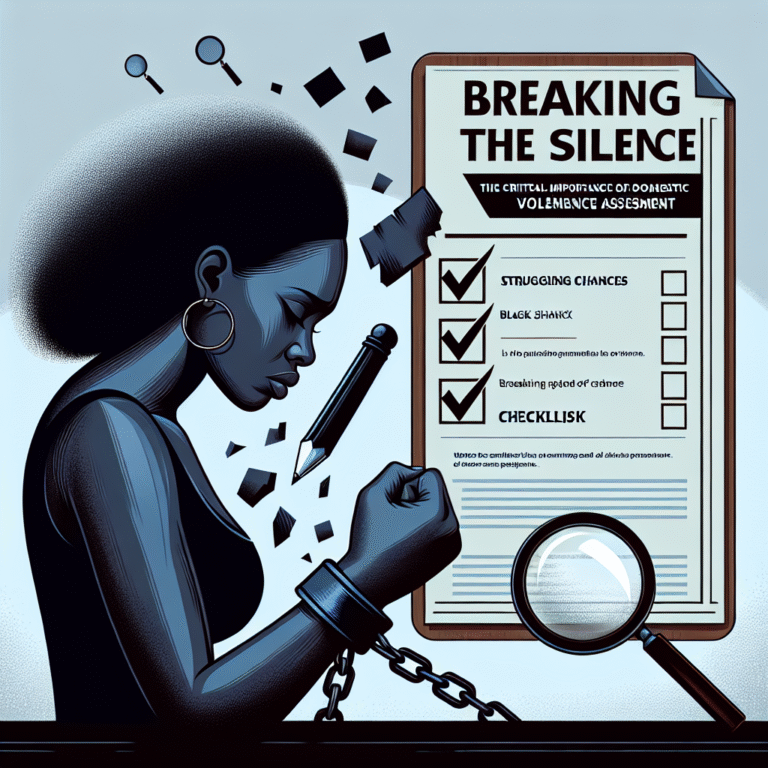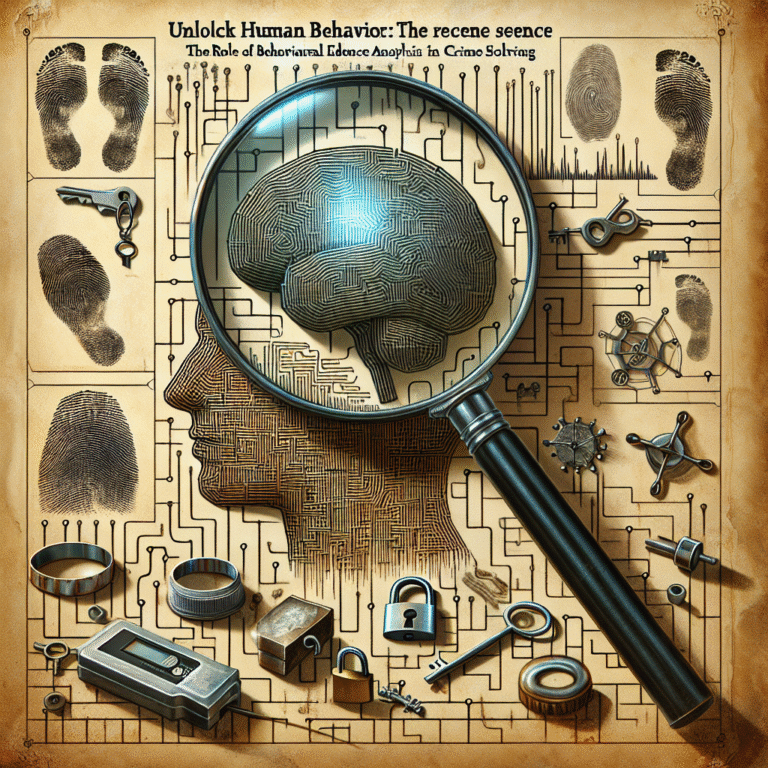
Introduction
In an age where almost every aspect of our lives is intertwined with the internet, it is crucial to understand both its wonders and its hidden dangers. At the heart of these dangers lies the dark web—a grim digital underbelly teeming with illicit activities and cybercriminals. "The Dark Side of the Web: Analyzing the Behavior Patterns of Cybercriminals" delves deeper into this realm, offering insights into who these criminals are, how they operate, and what motivates them.
The Importance of Understanding Cybercriminal Behavior
Cybercrime is not merely a financial issue; it poses a risk to our national security, personal privacy, and social structure. As cybercriminals become increasingly sophisticated, understanding their behaviors and motivations becomes essential for law enforcement, businesses, and everyday internet users.
Understanding Cybercriminals
Who Are Cybercriminals?
Cybercriminals come from various backgrounds. Contrary to the stereotype of a lone hacker in a dark basement, the reality is more complex. These individuals can be organized criminals, state-sponsored hackers, or even amateur enthusiasts. Each group has its own modus operandi, ranging from identity theft to industrial espionage.
Psychological Profile of Cybercriminals
Studies have shown that many cybercriminals share specific psychological traits. Certain patterns emerge among them, including:
- Lack of Empathy: Many cybercriminals exhibit lower levels of empathy, making it easier for them to exploit others.
- Risk-Taking Behavior: A propensity for risk can drive cybercriminals to push boundaries.
- Thrill-Seeking: For some, cybercrime is not just a means to an end; the thrill of breaking the law adds to the appeal.
Motivations Behind Cybercrime
Understanding motivations is key to "The Dark Side of the Web: Analyzing the Behavior Patterns of Cybercriminals." Common motivations include:
- Financial Gain: The primary motivation for many cybercriminals. Whether through stealing credit card information or deploying ransomware, profit often drives these actions.
- Political Motives: Hacktivists aim to promote social change or make political statements.
- Revenge and Anger: Personal vendettas can lead individuals to engage in cybercrime.
Categories of Cybercrime
Identity Theft
Identity theft remains one of the most common forms of cybercrime. Victims often suffer devastating financial losses and emotional distress. Cybercriminals obtain personal data through phishing scams and data breaches.
Case Study: Target Data Breach (2013)
In 2013, cybercriminals stole credit and debit card information from millions of Target customers, leading to significant financial losses. By analyzing their tactics, we gain insights into how attackers can exploit systems, emphasizing the importance of robust cybersecurity measures.
Phishing Scams
Phishing scams trick users into divulging personal or financial information. According to reports, nearly 85% of organizations have experienced phishing attacks, highlighting the prevalence of this crime.
Case Study: Google/Facebook Scam (2013-2019)
A Lithuanian hacker fooled Google and Facebook into transferring over $100 million by posing as a legitimate supplier. This case underscores the severity and sophistication of phishing attacks, illuminating behavioral patterns that are crucial for detection and prevention.
Ransomware
Ransomware attacks have skyrocketed, especially during the pandemic. Cybercriminals encrypt a victim’s data, demanding payment for decryption.
Case Study: Colonial Pipeline Attack (2021)
The ransomware attack on Colonial Pipeline led to massive gas shortages across the Eastern U.S. This event reveals the extent of cybercrime’s impact on critical infrastructure and illustrates the behaviors and tactics of organized cybercriminals.
Behavior Patterns of Cybercriminals
Communication and Collaboration
Cybercriminals often operate in networks. Online forums and the dark web provide platforms for communication, enabling them to collaborate on schemes or sell stolen data.
| Communication Channels |
|---|
| Private Chat Rooms |
| Dark Web Forums |
| Encrypted Messaging Apps |
Tools and Techniques
Cybercriminals employ various tools to execute their plans. Common ones include:
- Malware: Used to exploit vulnerabilities in systems.
- Botnets: Networks of compromised computers used for coordinated attacks.
- VPNs and TOR: These tools help conceal the identity and location of cybercriminals, making tracking challenging.
Trend Analysis
The methods employed by cybercriminals evolve. Staying ahead requires constant vigilance and adaptation.
The emergence of artificial intelligence and machine learning is beginning to influence cybercrime, allowing criminals to automate attacks and increase their efficiency.
Counteracting Cybercrime
Cybersecurity Measures
To combat cybercrime effectively, individuals and organizations must adopt robust cybersecurity protocols. Key approaches include:
- Regular Updates: Keeping software and systems updated is crucial to mitigate vulnerabilities.
- Employee Training: Educating employees about potential scams can vastly reduce the likelihood of successful attacks.
- Multi-Factor Authentication: This adds an additional layer of security, making it more difficult for cybercriminals to breach accounts.
Law Enforcement Strategies
Agencies worldwide are ramping up efforts to combat cybercrime:
- Collaborative Investigations: International cooperation allows for more effective tracking of cybercriminals across borders.
- Awareness Campaigns: Educating the public about risks and protective measures is crucial in reducing victimization rates.
Emerging Technologies
As cybercriminals evolve, so must the defenders. Technologies like AI and machine learning are being used to predict and thwart attacks before they occur.
Importance of Reporting
Encouraging victims to report cybercrimes can help law enforcement build a more accurate picture of these crimes and develop strategies to combat them.
Conclusion
The dark web and the behavior patterns of cybercriminals highlight an ever-evolving battle between crime and countermeasures. Understanding the motivations, techniques, and patterns of cybercriminals is essential for protecting ourselves in this digital age. By employing comprehensive cybersecurity measures and fostering awareness, we can collectively mitigate the risks associated with the dark side of the web.
Call to Action
As we navigate the complexities of the digital realm, it is essential for everyone to be informed and cautious. Stay aware, prioritize cybersecurity, and remember that vigilance is our best defense against cybercrime.
FAQs
1. What is the dark web?
The dark web refers to parts of the internet that aren’t indexed by traditional search engines and require specific software to access. It often hosts illicit activities.
2. How can I protect myself from cybercriminals?
Use strong, unique passwords, enable two-factor authentication, and educate yourself about phishing scams.
3. What are common types of cybercrime?
Common types include identity theft, ransomware, phishing, and financial fraud.
4. How can businesses protect themselves from cybercrime?
Businesses should conduct regular security audits, train employees, and implement robust cybersecurity measures.
5. What should I do if I fall victim to a cybercrime?
Immediately report the crime to local authorities, inform your bank or financial institutions, and consider using identity theft protection services.

















